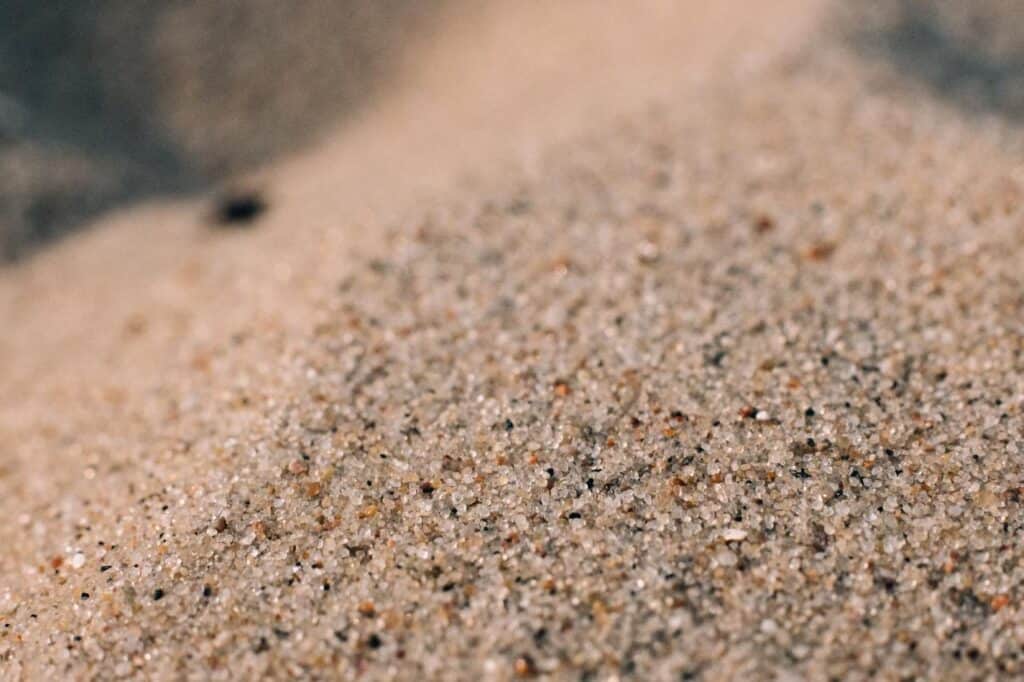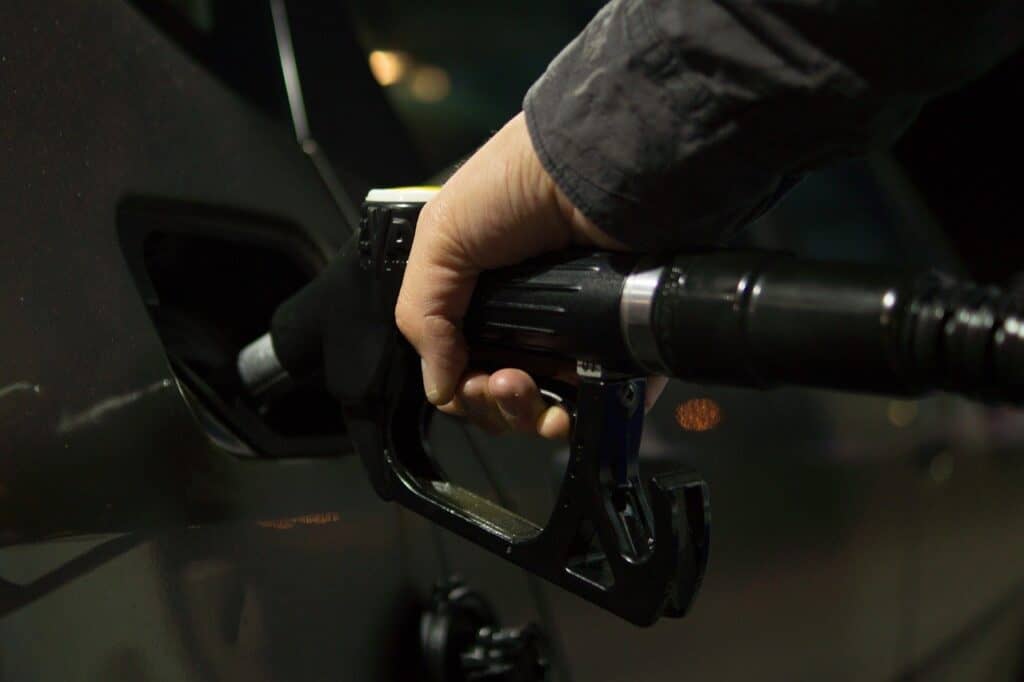Sand is a wonderful material. It makes beaches pleasant places to hang out and it’s the base component of glass, that allows us to make windows and keep the elements out of our homes and cars. But is it possible that we should be more cautious of sand? Is sand a possible fire hazard and if so what should we do with sand to lead a safer life?
Sand is not at all flammable and it’s not even combustible, because sand is already the product of combustion. It has already been oxidized to the highest level, and therefore it won’t burn.
Let’s take a closer look at sand and why it won’t burn. We also will take a look at exploding rocks… Here’s what you need to know.
Your # 1 priority is keeping your family safe. As a firefighter, I recommend everyone has updated smoke detectors that don’t require battery changes, like these ones from Kidde, a fire extinguisher, like this one from Amerex, and a fire escape ladder if you have bedrooms above the first floor, I recommend this one from Hausse.
Also read: What Makes Something Flammable?
What Is Sand?

Sand is made up of tiny pieces of rock and minerals. It is, usually, defined by the level of the coarseness of the grains and thus sand grainers are smaller than gravel but have a greater degree of coarseness than silt.
It’s possibly to define soil as “sand” too if it has more than a certain percentage of sand in it.
However, in general, when we talk about sand, what we mean is Silicon Dioxide which is the most common form of sand found on coastlines outside of the tropics.
It can also mean Calcium Carbonate (yes, the same mineral that you can find in baking soda) which is, globally, the second most common mineral to form these kinds of grains.
Most sands have been created by a process of erosion over millions and millions of years in the sea and shores. Other minerals which form sand, though much more rarely, include selenite, gypsum, and calcium sulfate.
While there is a lot of sand on the planet, it is not considered to be a renewable resource (it will replenish, eventually, but over millions of years, not any sensible human timescale) and there is concern over how much sand is used by the construction industry which must use sand from beaches rather than desert.
Will It Ever Catch Fire?
Sand is not flammable. Silicon Dioxide is what you get when you burn silicon in the air. It bonds to the oxygen molecules.
Thus, sand is already “burned”, and it won’t catch light if you try to set fire to it. There is no unoxidized silicon in sand to react with oxygen.
That doesn’t mean that you couldn’t burn sand. If you heat anything to a high enough temperature it will break down into its constituent elements.
The silicon produced at this heat would be flammable. However, you are not going to encounter such temperatures in ordinary circumstances and that means not only is sand not flammable but it is also not combustible.
Also read: Is Dust Flammable? When To Worry…
Can Sand Put Out Fire?
Given that you can’t set fire to sand, it won’t come as much of a surprise that sand can make an excellent agent for extinguish fire.
You just sprinkle it over the top of the fire and use it to cut the burning material off from oxygen.
In order for a fire to burn it needs fuel, heat, and oxygen.

To put out any fire, you are essentially removing one or more of these elements. Fire cannot burn without all 3.
So throwing enough sand on a fire will block the oxygen in the air from reaching the fuel and heat and the fire will go out.
Of course, it’s important to realize that whatever you salvage when the flames go out will be filled with tiny particles of sand – this may mean that you want to think twice about using sand to put out a fire when other alternative extinguishers are available to you.
Sand is used to put out fires in many commercial settings.
As you’d expect, because sand won’t burn, it’s not going to release any toxic fumes, either.
Though it is worth noting – sand that is reduced to dust, won’t burn, but it is a health hazard, don’t breathe in sand, it’s not good for you.
What Is Kinetic Sand?

Kinetic sand is a cool compound that you can mold like clay, but which feels silky to the touch. It is made from adding silicone oil to regular sand (and sometimes some coloring agents too).
The unique physical properties of kinetic sand are due to “viscoelasticity” which means that it can flow freely, but once put under stress it acts like a rubbery solid.
Is It Flammable?
Kinetic sand is not flammable.
Neither sand nor silicone oil is flammable and while silicone oil is, technically speaking, combustible, due to the ability of sand to smother any flame that arises – we wouldn’t worry too much about it catching fire even at high temperatures.
What About Rock?
Rock is not flammable.
In fact, it’s the lack of flammability of rock that makes it superbly suited for a fire break or for surrounding a fire pit which you’re cooking over, you know that the fire won’t escape when it reaches the rocks.
The main reason that rocks are not flammable is that, just like sand, the constituent elements tend to already be in their most oxidized state.
You would need to heat them to very high temperatures to get the chemical bonds to break down before you could burn them again. This isn’t going to happen in real life very often.
However, Rocks Can Explode!
Hang on? Rocks don’t burn but they explode?
Yes. A rock may not be a completely solid structure, there may be pockets of air or water trapped inside the rock.
When you heat the rock considerably, that air starts to expand – when it expands enough it shatters the rock and throws bits of rock everywhere. Those bits of rock will be hot and hard though they won’t be on fire.
This is said to be esspecially true with river rocks.
Check out this video:

